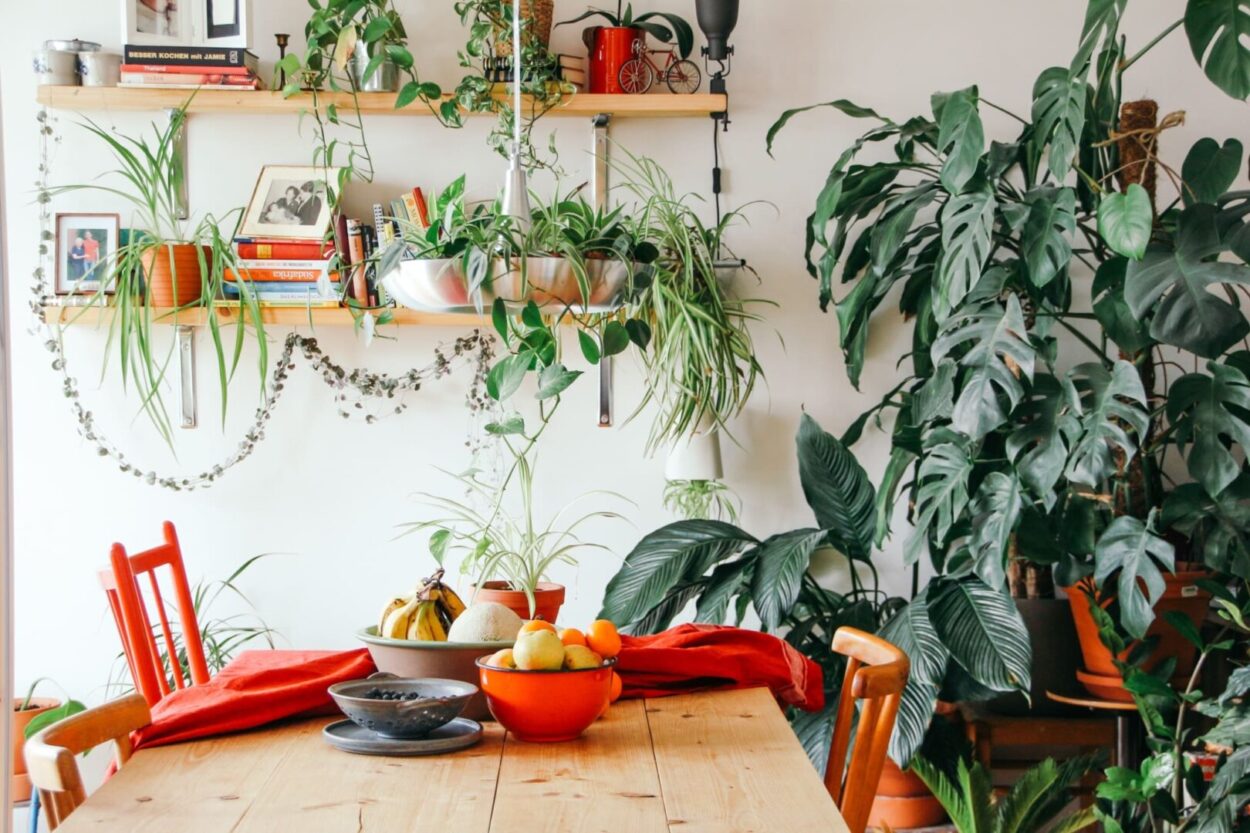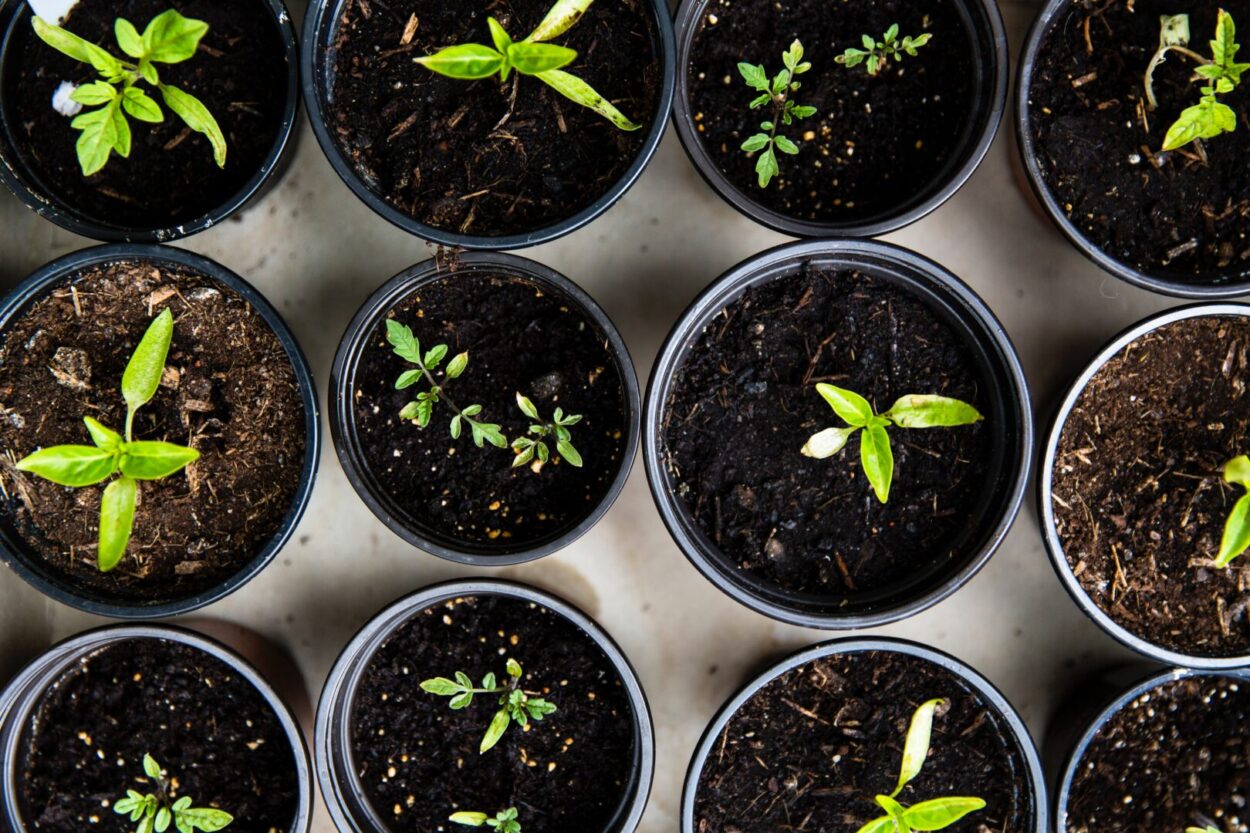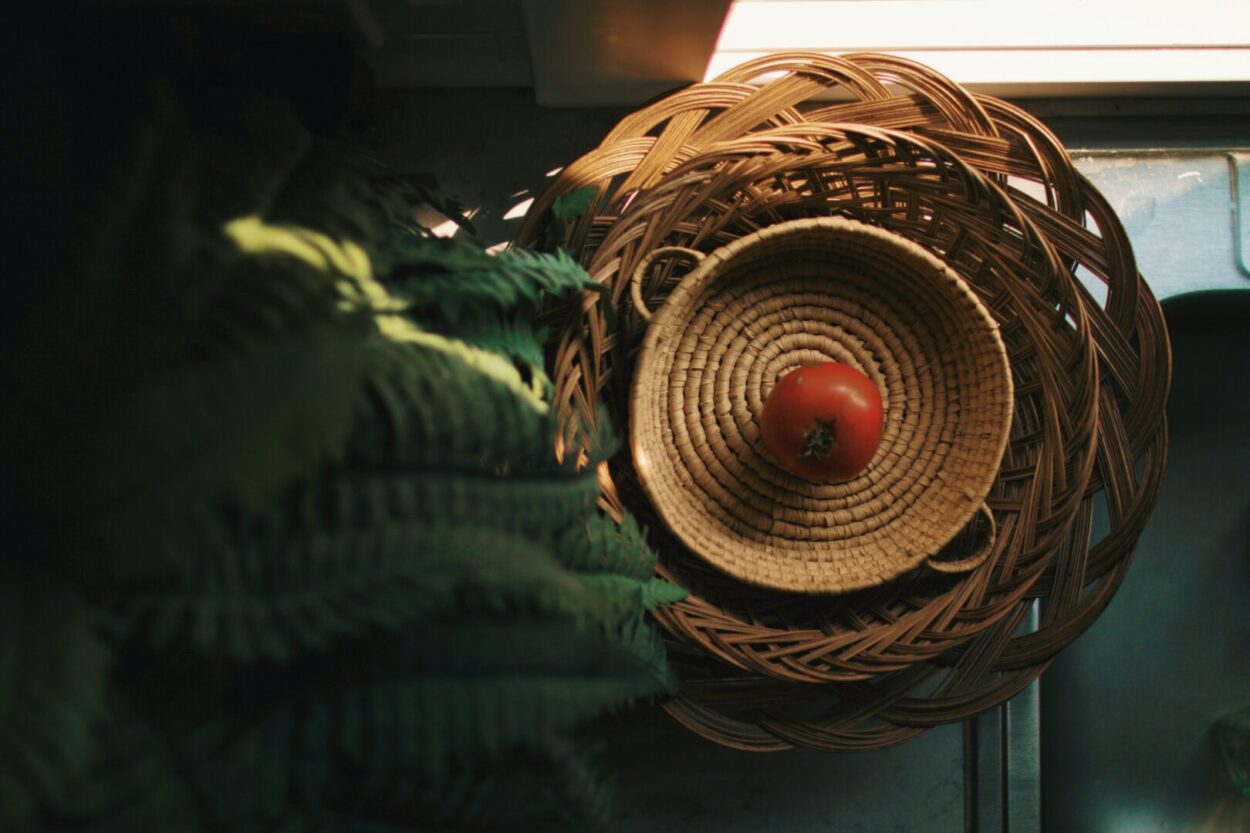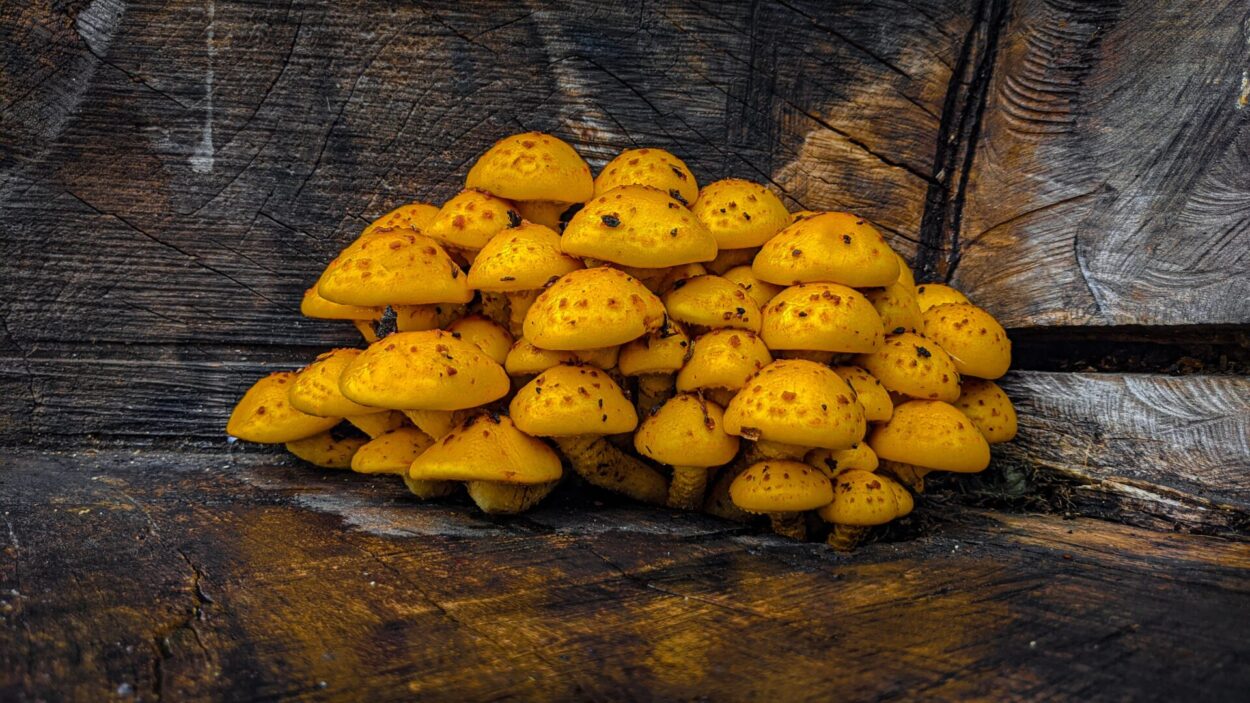Jasmine Birtles
Your money-making expert. Financial journalist, TV and radio personality.


INDOOR ALLOTMENT
Recently we have seen a lot of people wanting to grow veg who don’t have a garden. Outdoor allotments are a popular way of growing plants or food products outside of your own garden – or to make up for not having one – but allotments themselves take money, work, time and dedication, and that’s something not all of us have. So what about indoor allotments? When times are touch economically and you live in a consumerist society, what is more punk that self sufficiency?
You might think sure, I don’t even have enough space for this, but you’d be surprised how an indoor allotment can take up as little or as much space as you’d like.

You can buy mini-indoor allotment kits which are set up to cultivate simple plants with micro-leaves to create small salads or herbs to sprinkle over your meals. You can plant them as seeds, or buy a starter plant from your local gardening store.
Microgreens like typically radishes, mustard greens, chard, broccoli and lettuce can easily be grown at home, if you have a sunny perch and a shallow container to put them in. Spinach, swiss chard and kale are also possibilities for your indoor garden.
Celery is a plant you can regrow from food scraps if not from seeds. You just plant the stump (about two inches long) from a bunch root-side-down in a container of water or in a small amount of potting soil after you’ve used the stalks, and soon new growth will start forming from the centre.
The simple way to explain indoor allotments is that if you’ve got the space for a few pot plants in your house, you have the potential to grow your own food inside the home. First off, it’s a lot easier to grow green, leafy plants indoors rather than root vegetables, which require deep pots for the roots to grow.
So to start with, how about growing beans, radishes, bell peppers, salad greens: all very versatile plants that won’t take up much space. Chili peppers, shishitos and more, can also be grown inside: find a spot in a bright, sunny window because they all thrive better outdoors.
 Yes, you can grow tomatoes indoors! Again, pick a spot that gets plenty of sunlight, use large pots, and stake the branches upright so that they grow. And stick to dwarf tomatoes, as they thrive better in containers than larger types of tomato.
Yes, you can grow tomatoes indoors! Again, pick a spot that gets plenty of sunlight, use large pots, and stake the branches upright so that they grow. And stick to dwarf tomatoes, as they thrive better in containers than larger types of tomato.
Carrots prefer cooler environments, making them ideal for indoor growth. Carrots are a root vegetable, so make sure to put them in a pot that’s deep enough to allow the plants to take root and not be too squashed up.
Why not add a strawberry plant to your indoor growing plan: they’re easy to plant and grow BUT remember that bees pollinate fruit outdoors, so you’ll need to do that yourself.
You can also grow lemon trees indoors if you buy an existing Meyer Lemon tree and place it in a bright, sunny spot (they need 8-12 hours of sun each day) and mist it regularly.

Mushrooms are a fungus that you can grow either with a windowsill kit, or a log plugged with dowels impregnated with mushroom spawn, or finally grow from impregnated plugs which you hammer into holes drilled in any fresh logs (except from pine trees).
Growing your own food is one of life’s simple pleasures, and very addictive, so a mini-indoor allotment is a great and affordable way to get started. You’ll be able find the right level of suitability for you and your home if you look around for what suits you: take that first step and see where it takes you.
We have some fantastic further reading on the subject of frugal gardening:
Shoestring Cottage’s How to Save Money in the Garden
Tips for Growing a Garden in Every Kind of Space

You wont save much money, if any, growing veg indoors. Treat it as a hobby, a fun thing to do, Herbs are usually the best option.